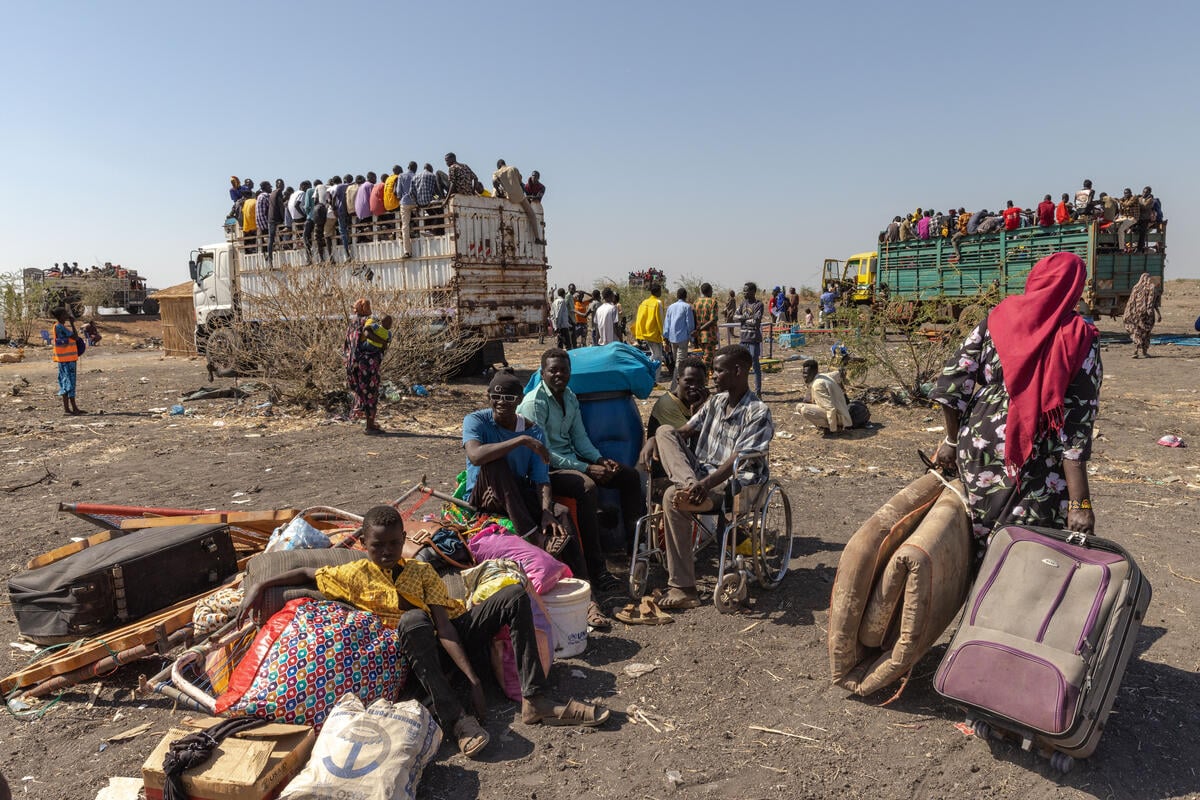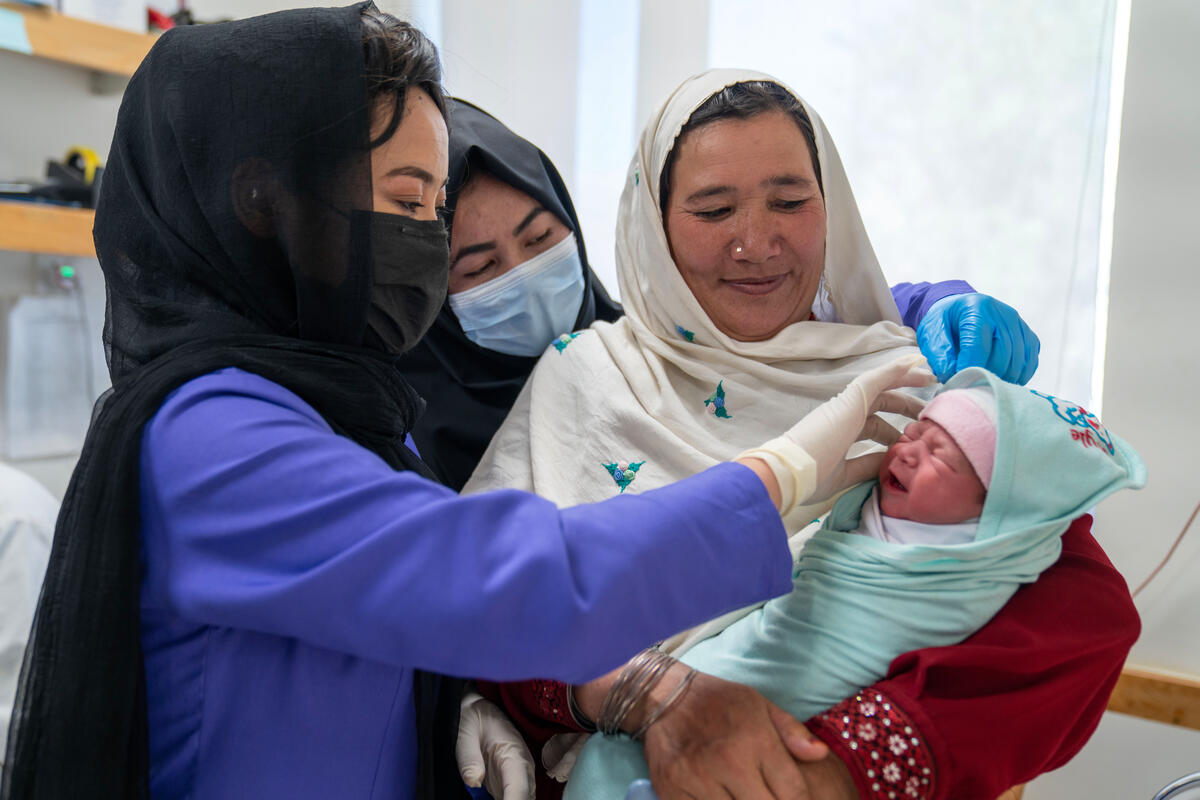Pakistan: Afghan camp closes
Pakistan: Afghan camp closes
In the latest landmark event related to Afghanistan, the 22-year-old Nasir Bagh camp in Pakistan - probably the most famous refugee camp in the world - is due to close today as a last convoy of refugees returns to their homeland.
Set up as a tented camp in 1980 as the first wave of Afghan refugees fled the Soviet occupation of Afghanistan, Nasir Bagh grew into what was in effect a full-blown suburb of the Pakistani border city of Peshawar. Almost every famous politician and statesman who ever visited Peshawar - and there have been many over the years - visited Nasir Bagh camp. Some of the best-known include former U.S. Presidents Jimmy Carter and George Bush, and former European Prime Ministers such as Margaret Thatcher and Helmut Kohl.
More recent visitors included former U.S. Secretary of State Madeleine Albright, who issued a fierce condemnation of the Taliban's treatment of women after visiting the camp. During the Taliban years, Nasir Bagh's main girls' school was the largest school for Afghan girls in the world, with more than 3,000 students.
Nasir Bagh provided a home for many of Afghanistan's professionals, not just during the ten-year Soviet occupation, but also during subsequent waves of refugees fleeing the civil war and anarchy that broke out in 1993, and the conquest of Jalalabad and Kabul by the Taliban in 1996.
At its peak, Nasir Bagh was home to more than 100,000 Afghan refugees. In 1992, after the fall of the Soviet-backed communist government, around half the camp's population returned in just a few months as Afghans went home in huge numbers, believing the fighting was finally over. Less than a year later, new refugees were setting up in the camp as fierce factional fighting destroyed huge swathes of the Afghan capital Kabul.
More than 661,000 Afghans have now returned home under the joint Interim Administration/UNHCR repatriation programme launched on 1 March 2002. Of these, 594,000 have returned from Pakistan, 47,000 from Iran and just under 10,000 from Tajikistan. Smaller numbers have also gone back from Turkmenistan, Uzbekistan and India.
The total number of internally displaced people who have been helped home by the Afghan Ministry of Repatriation, UNHCR and IOM has risen to more than 160,000. Last week, UNHCR completed the transport of more than 15,500 from Hesar Shahi camp near Jalalabad to their homes in four neighbouring provinces, including Kabul.
In order to help returning refugees and displaced people restart their lives, UNHCR plans to help construct or repair some 96,000 buildings, benefiting more than 500,000 people. These include some 29,000 houses in the rural areas worst affected by fighting and Taliban scorched-earth tactics. Agreements have been signed or are being finalized with more than 15 NGOs, who will implement the shelter programme across the country.








